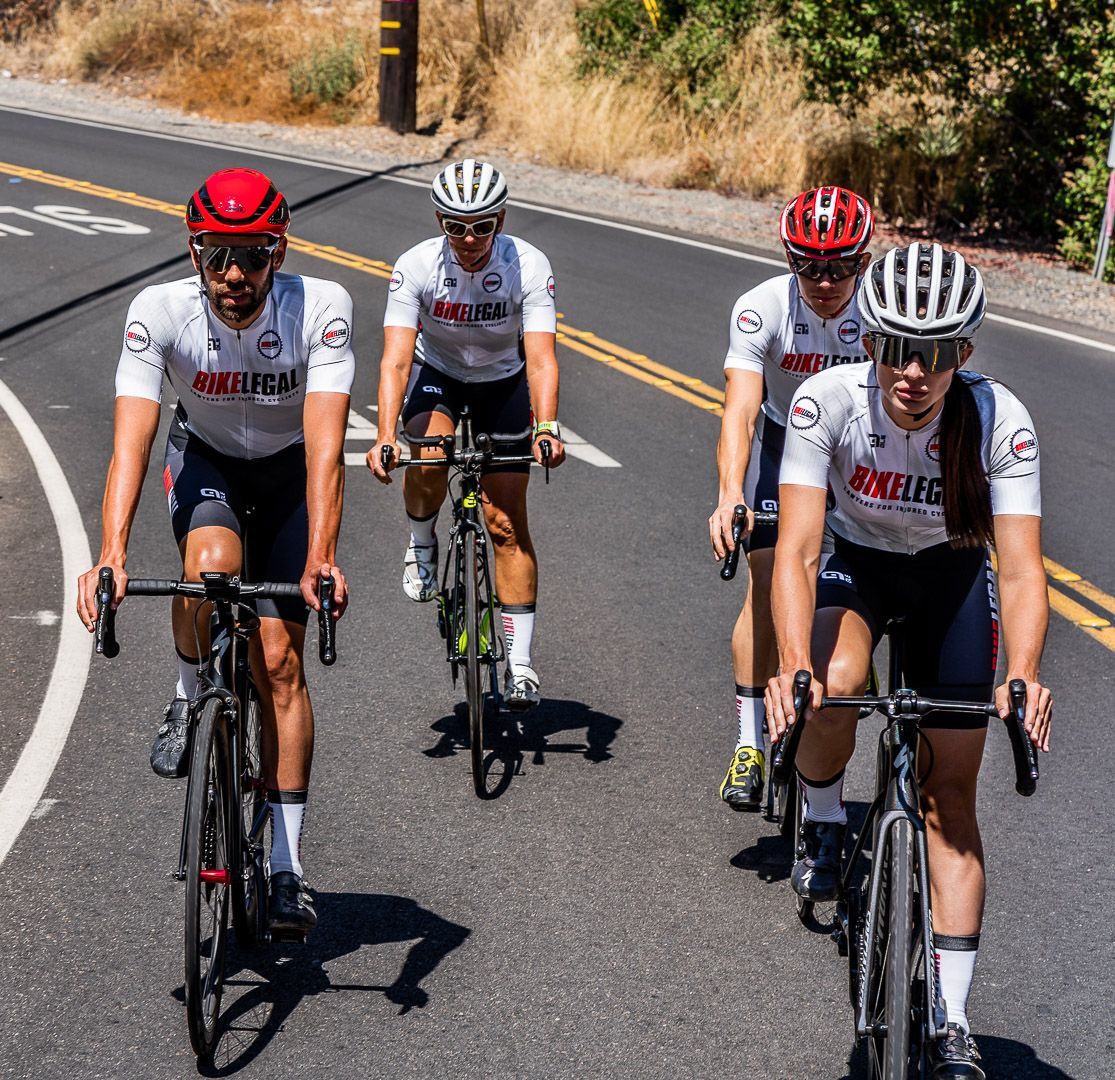Driver Hits 3 Cyclists in Huntington Beach, Killing 1
Follow us on
social media!
Are Bicyclist Hate Crimes on the Rise in Orange County, CA?
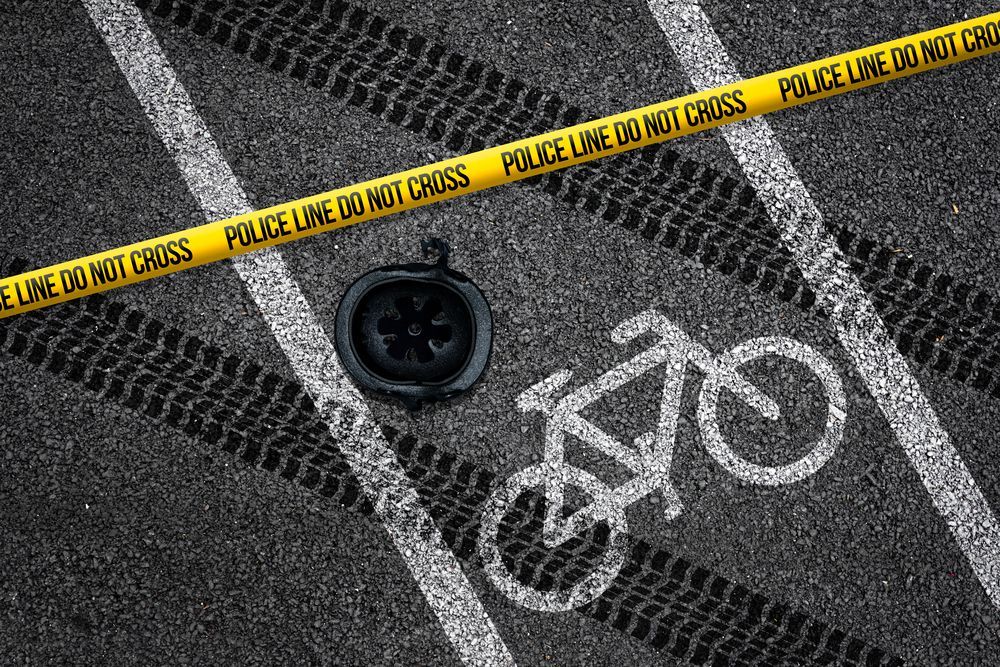
Driver Strikes 3 Separate Cyclists, Killing the 3rd Victim in Huntington Beach
In a shocking and tragic series of events on the night of September 10, 2023, Huntington Beach, California, witnessed a string of bicycle hit-and-run attacks that have left the community in disbelief and searching for answers. Three cyclists were struck by a vehicle in quick succession, and one of them tragically lost their life. Authorities are now investigating these incidents as possible intentional acts.
Was the driver possibly under the influence and struck the cyclists at night without intent, or are these deliberate acts of hostility targeting cyclists?
The first actual report came in around 10:30 p.m. near Brad Avenue and Edwards Street, with the victim reporting that a vehicle had intentionally sideswiped him before fleeing the scene. Fortunately, the victim sustained only minor injuries and was treated at the scene before being released.
Approximately 15 minutes later, another distressing incident unfolded near Heil Avenue and Springdale Street, where officers discovered a cyclist lying in the street with severe injuries. Tragically, despite the paramedics' efforts, the victim succumbed to their injuries and was pronounced dead at the scene.
A previously unreported third incident had surfaced shortly after the other two. In this case, a cyclist stated that he was hit by a vehicle while in a crosswalk at Warner Avenue and Edwards Street at approximately 10 p.m. Like the first victim, this cyclist also sustained minor injuries, and the driver involved in this incident fled the scene.
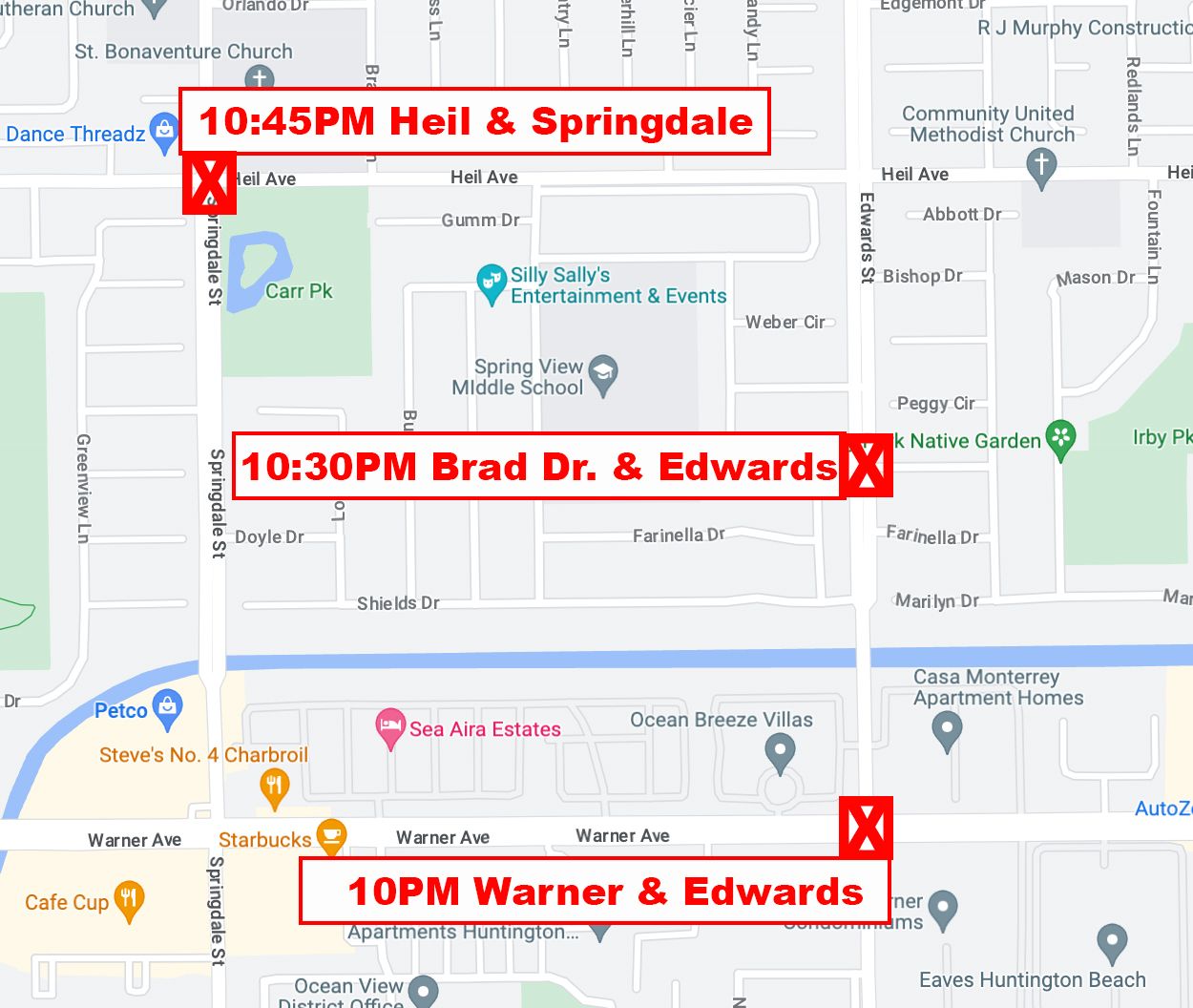
The most unsettling aspect of these incidents is their proximity both in terms of time and location. All three crashes occurred within a 45-minute time span, covering less than a mile of road in Huntington Beach. Authorities have expressed concerns that these incidents may be connected, although the motive behind them remains unknown.
Witnesses on the scene described the suspected vehicle as a black Toyota four-door sedan with significant damage to its front passenger-side bumper. The Huntington Beach Police Department has launched a comprehensive investigation into these incidents and is seeking assistance from the public in identifying and locating the suspect.
Jessica Cuchilla, a police spokeswoman, stated that the second victim believed the collision was intentional, though specific details about the driver's behavior were not disclosed. However, witnesses from the scene of the third crash reported similar aggressive behavior by the driver, adding further weight to the suspicion of intentional acts.
Driver Intentionally Murders a Cyclist in Dana Point, CA
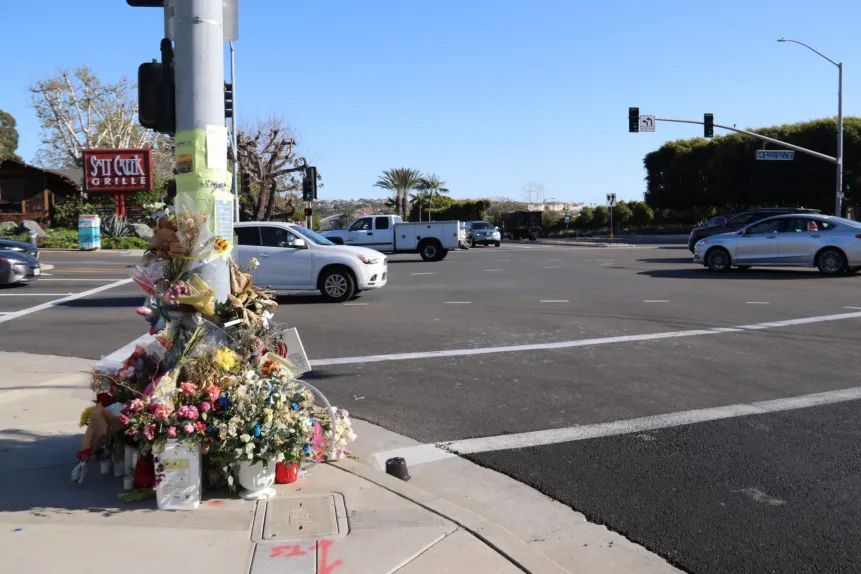
These incidents remind us of the intentional murder of cyclist Dr. Michael Mammone earlier this year just a few miles south of Huntington Beach. Dr. Michael Mammone, a dedicated emergency room physician with a lifelong commitment to serving others, began his journey of public service as a lifeguard on the beaches of Los Angeles County. He later continued his mission in emergency rooms throughout Southern California.
On February 1, 2023, Dr. Mammone lost his life in a shocking incident while riding his mountain bike along the Pacific Coast Highway in Dana Point. He was struck by a vehicle, and the driver got out of his car and continued the assault with a fatal stabbing. The suspect, Vanroy Evan Smith from Long Beach, was apprehended by vigilant bystanders. Smith faces charges of murder, though he has entered a plea of not guilty. A mental competency hearing was later scheduled.
Possible Causes of Intentional Vehicle Attacks on Cyclists

What could compel someone to use their vehicle as a weapon against vulnerable road users? While such actions are undoubtedly aberrant and criminal, it is essential to consider potential motives and underlying causes that might drive individuals to commit such heinous acts.
- Mental Health Issues: One possible cause behind these disturbing incidents could be mental health issues affecting the driver. Conditions such as extreme anger, aggression, or impulsivity, if left untreated, might lead individuals to act out violently and irrationally. Such individuals may not fully comprehend the consequences of their actions, posing a significant danger to others on the road.
- Personal Grudges: Personal vendettas or disputes with specific cyclists could motivate a driver to harm them intentionally. These conflicts might have escalated to the point where the driver seeks retaliation through dangerous and aggressive acts on the road. Personal disputes can be complex and deeply rooted, sometimes pushing individuals to act in irrational and dangerous ways.
- Psychological Factors: Some individuals may derive a sense of power and control from causing harm to others. In these cases, the act of intentionally running down cyclists could be driven by a perverse desire to assert dominance or exert authority over perceived weaker individuals. The act itself becomes a means of exerting psychological control over others.
- Road Rage: Road rage, characterized by intense anger and frustration while driving, can escalate quickly into violent confrontations. Cyclists, due to their vulnerability on the road, may become unwitting targets for drivers experiencing extreme road rage. These incidents are often impulsive and triggered by minor disputes or perceived provocations on the road.
- Societal Factors: Broader societal issues, such as a lack of empathy for cyclists, can also play a role. If cyclists are seen as inconveniences or nuisances on the road, some individuals may develop a callous attitude towards them, making it easier to justify harming them intentionally. A dehumanizing perspective can contribute to these disturbing actions.
- Media Influence: It's worth considering whether exposure to violent acts in media, particularly those involving vehicles, might desensitize some individuals to the consequences of using a vehicle as a weapon. While not a direct cause, media portrayal can contribute to a culture of violence and aggression.
It is important to note that these potential causes are not mutually exclusive, and often, a combination of factors may drive someone to commit such acts. Identifying these motives is essential for law enforcement and mental health professionals to develop effective prevention and intervention strategies.
Strategies for Cyclists to Avoid Driver-Hatred Incidents
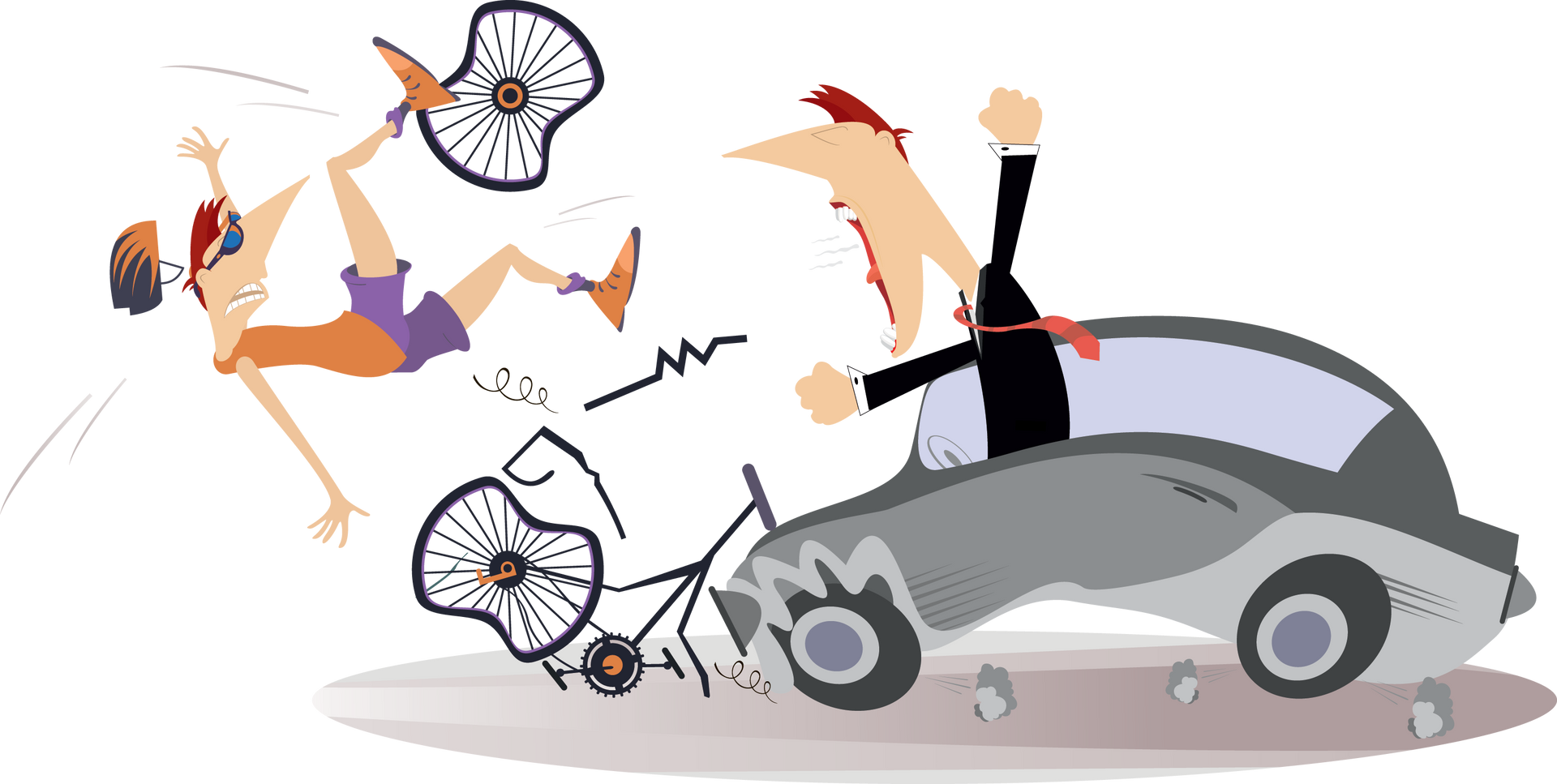
In an era where cyclists share the road with motor vehicles, safety is paramount. Recent incidents of drivers targeting cyclists in Orange County, California, serve as a grim reminder that cyclists must be proactive in safeguarding themselves against potential hostility. While no one should ever be a victim of intentional harm on the road, cyclists can take several measures to reduce their vulnerability and ensure their safety.
- Visibility Is Key: One of the most effective ways to stay safe on the road is to be seen. Cyclists should invest in high-visibility clothing, reflective gear, and bike lights, especially when riding at dusk, dawn, or during low-light conditions. Bright colors and reflective materials can make a significant difference in catching a driver's attention.
- Use a Camera on Your Bike: Many cyclists attach a GoPro or other small video camera to the front of their bike or helmet. There are also taillight/camera combinations that are fantastic for capturing video and alerting of dangers from behind. The video footage makes it easier to determine fault and might be used as evidence if you're involved in a bicycle accident. The Garmin Varia has a light, camera, and radar that alert the rider of vehicles approaching from behind.
- Obey Traffic Laws: Cyclists are subject to the same traffic laws as motorists. Stopping at stop signs, obeying traffic signals, and yielding the right of way when required not only keeps cyclists safe but also helps foster respect among all road users. Following the rules of the road can reduce conflicts with drivers.
- Use Bike Lanes and Designated Paths: Whenever possible, cyclists should use dedicated bike lanes and paths. These areas provide a clear separation from motor vehicle traffic, reducing the risk of confrontations and intentional harm. However, it's important to remain cautious even in these designated areas.
- Stay Alert and Predictable: Cyclists should remain vigilant and anticipate potential hazards. Maintaining a steady and predictable course, signaling turns, and making eye contact with drivers at intersections can help reduce the chances of misunderstandings or confrontations.
- Avoid Aggressive Behavior: Just as drivers should refrain from road rage, cyclists should also avoid aggressive behavior. Engaging in confrontations with irate motorists can escalate situations and increase the risk of harm. It's better to disengage and report incidents to law enforcement when necessary.
- Travel in Groups: Riding with other cyclists can enhance visibility and safety. Motorists are more likely to notice a group of cyclists than a single rider. Additionally, traveling in a group can provide support in case of emergencies.
- Carry Identification and a Phone: Cyclists should always carry identification, as well as a mobile phone in case of emergencies. Having contact information readily available can be crucial if assistance is needed.
- Report Incidents: If a cyclist encounters aggressive or dangerous behavior from a driver, it's essential to report the incident to local law enforcement. Providing as much detail as possible, including the vehicle's description and license plate number, can aid in investigations.
- Stay Informed and Educated: Cyclists should be aware of local cycling laws and regulations, as they can vary from one jurisdiction to another. Staying informed and participating in cycling safety courses can help cyclists understand their rights and responsibilities.
- Advocate for Safe Cycling: Cyclists can join or support advocacy groups that promote cycling safety and infrastructure improvements. Active participation in these organizations can help raise awareness and influence policy changes that benefit all road users.
RELATED ARTICLE
While cyclists should not have to live in fear of hostility from drivers, taking these precautions can help reduce the risk of being involved in incidents fueled by driver hatred. By prioritizing safety and promoting respectful interactions on the road, cyclists can contribute to a safer and more harmonious environment for all road users.
Furthermore, fostering a culture of respect and empathy on the road, promoting mental health awareness, and addressing societal attitudes toward cyclists are critical steps in mitigating the risk of intentional vehicle attacks on cyclists and ensuring the safety of all road users. The recent incidents in Huntington Beach and Dana Point serve as a stark reminder of the urgent need for proactive measures to prevent such tragedies in the future.
The Search for a Cyclist Killer in Southern California
Law enforcement officials are urging anyone with information related to these crimes to come forward. The Huntington Beach Police Department has set up a dedicated WeTip hotline at 714-375-5066 for individuals with information to share. Those who wish to remain anonymous can contact the OC Crime Stoppers at 855-TIP-OCCS (6227).
At Bike Legal our mission is to advocate for bicycle safety
and sharing the road responsibly through education.
Our legal team is committed to supporting and representing cyclists across the United States no matter where you ride or how you ride.
If you or someone you know has been involved in a bicycle accident,
Bike Legal is here to help!
Visit: www.bikelegalfirm.com
or call 877-BIKE LEGAL (877-245-3534)


